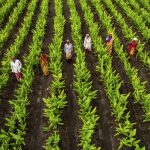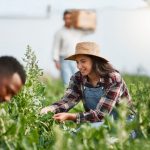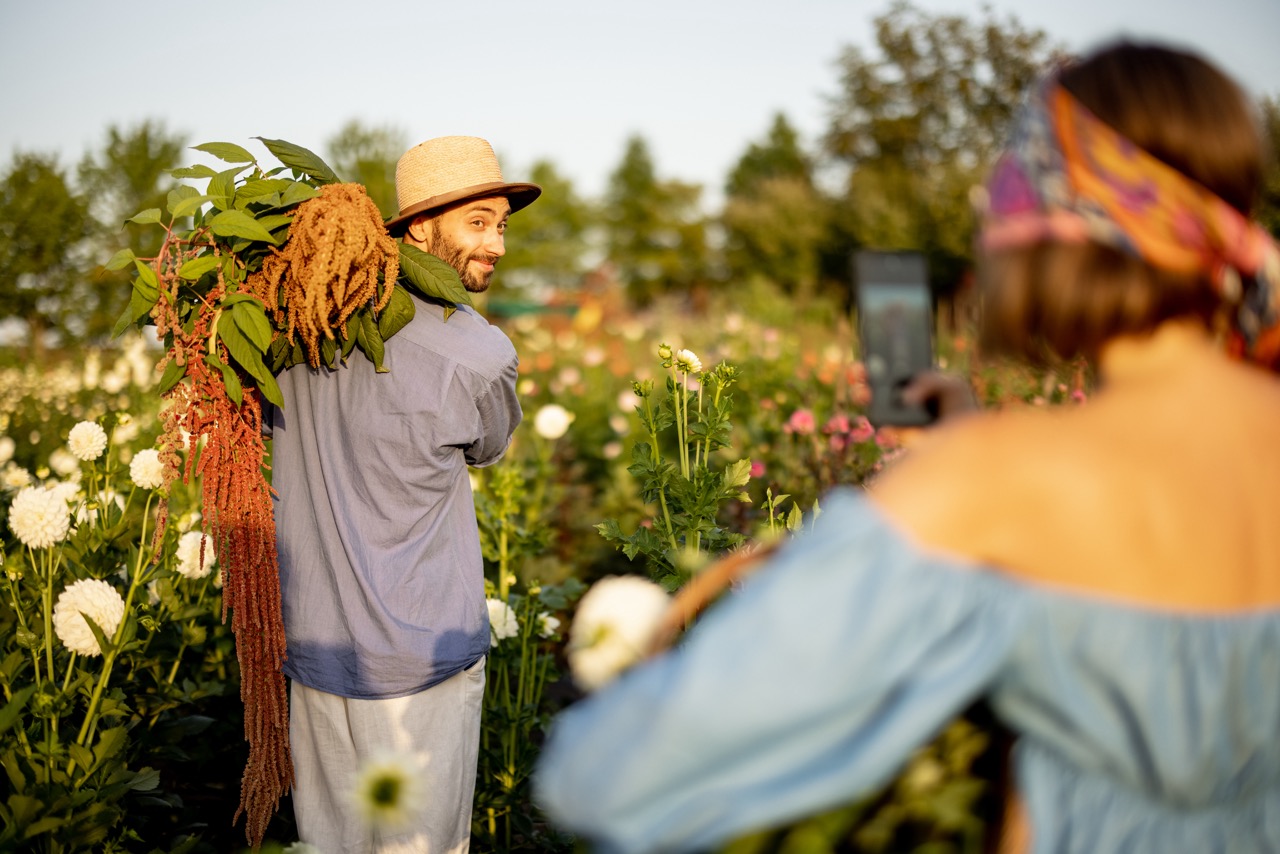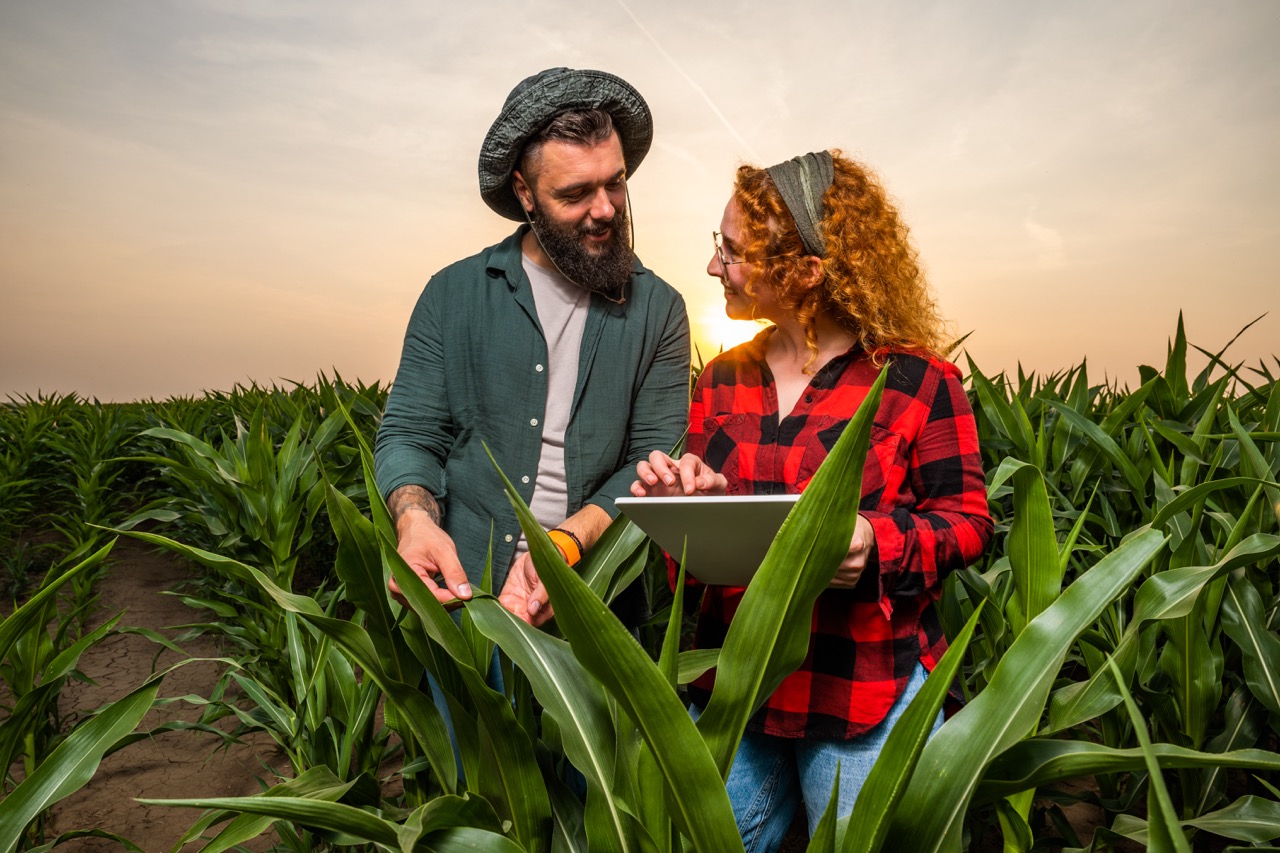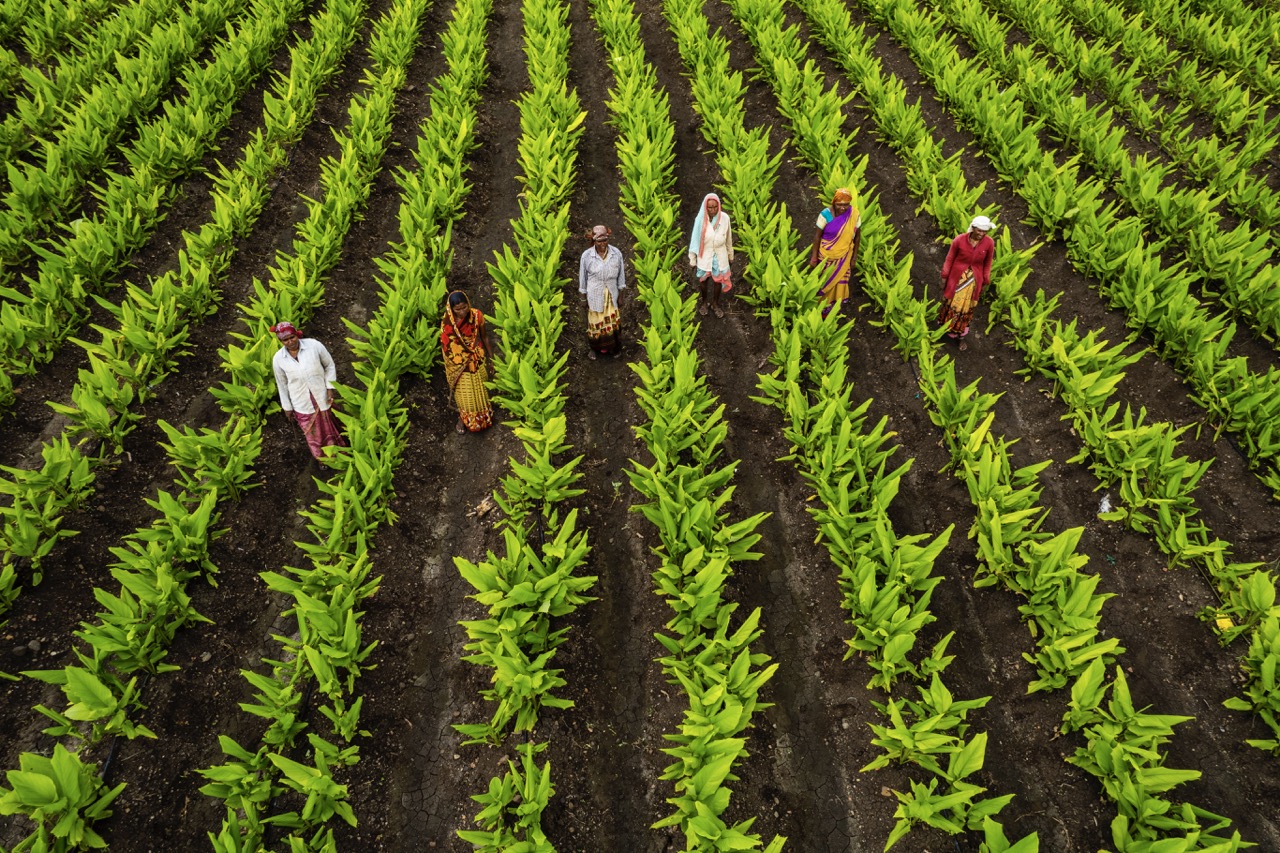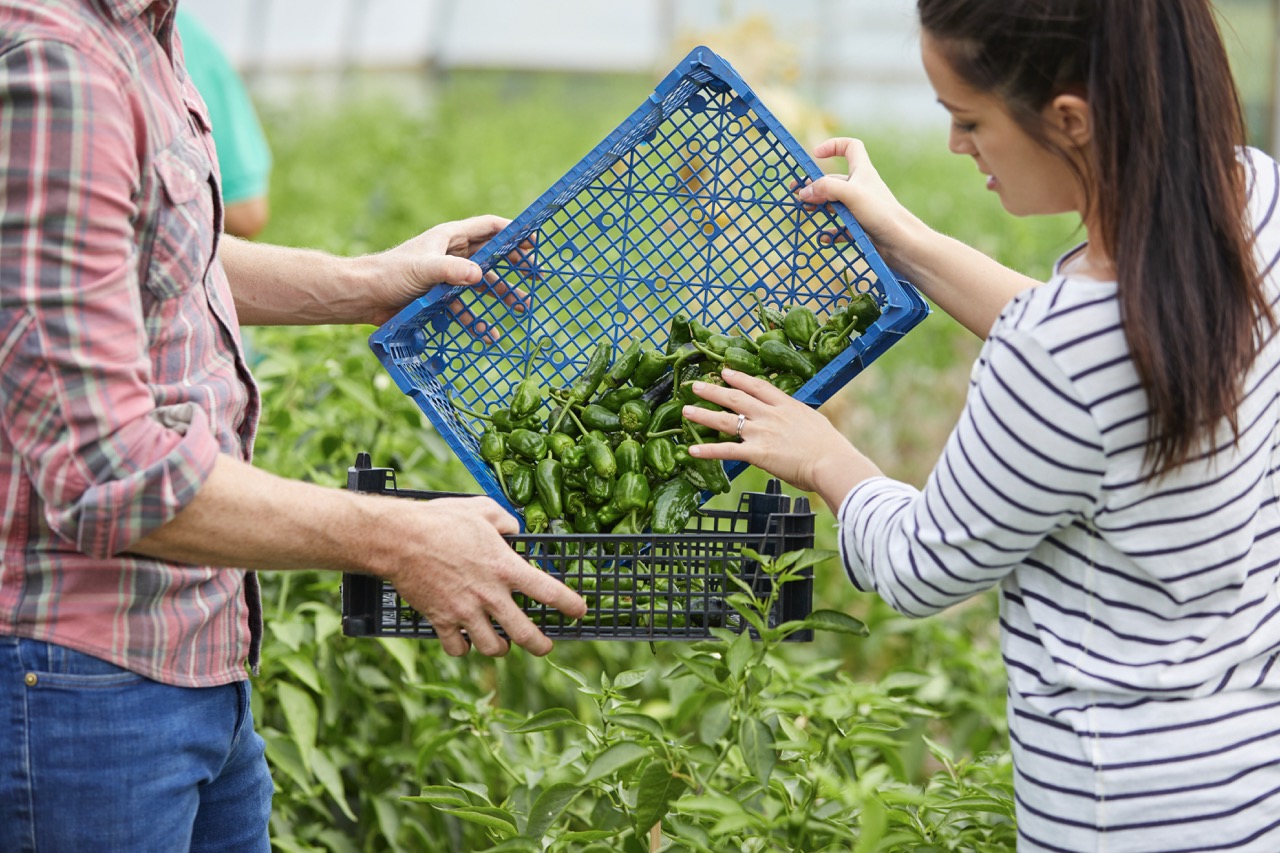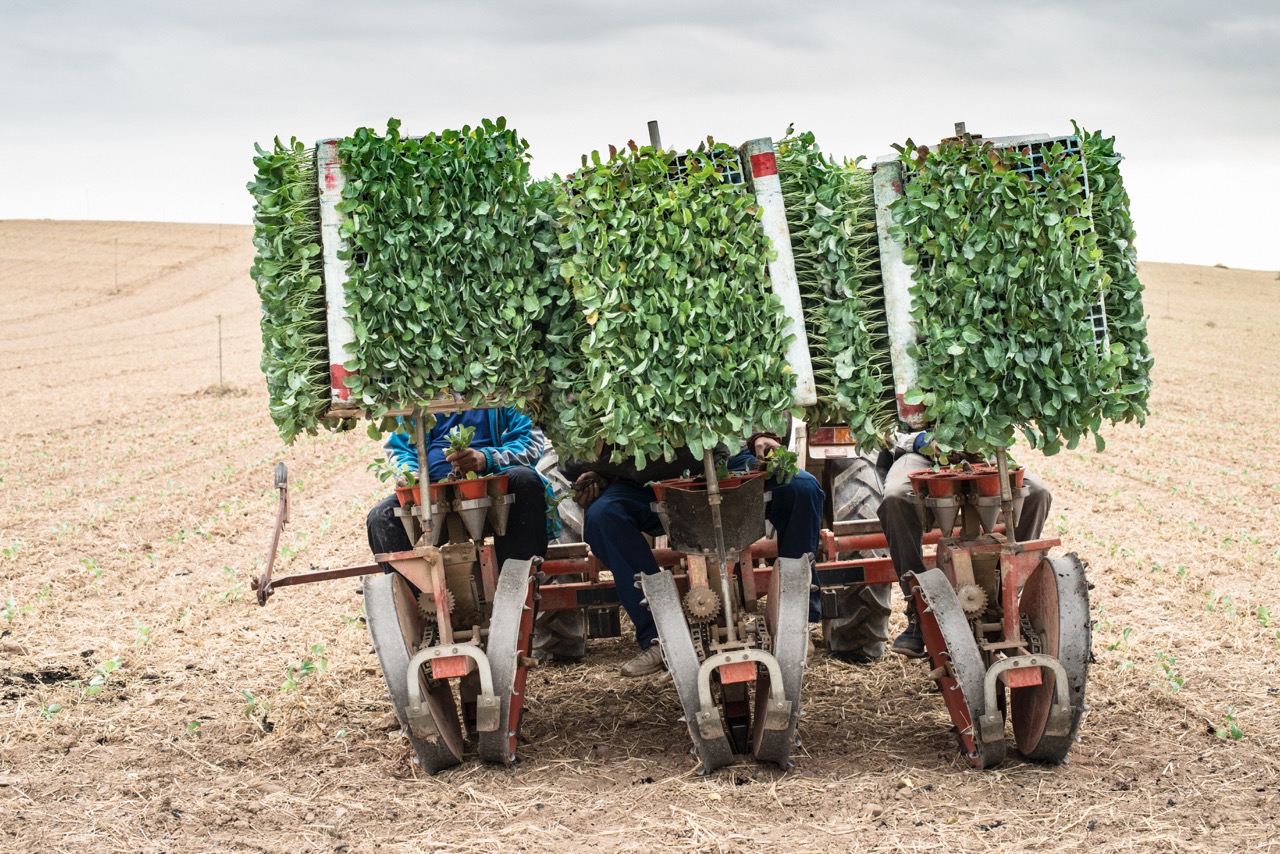Pollinators play an indispensable role in maintaining the balance of ecosystems and ensuring food security worldwide. Among these vital creatures, bees, butterflies, and various other insects stand out as crucial agents in the reproductive processes of many flowering plants. Their activities not only support biodiversity but also contribute to the agricultural economy. However, recent studies indicate a troubling decline in pollinator populations, prompting urgent calls for action. This article delves into the importance of pollinators, the factors contributing to their decline, and the steps individuals and communities can take to support these essential insects.
Understanding the Crucial Role of Pollinators in Ecosystems
Pollinators are integral to the reproduction of approximately 75% of the world’s flowering plants, including many crops that humans rely on for food. The process of pollination allows plants to produce seeds and fruits, which in turn sustain various animal species and contribute to the health of ecosystems. Without pollinators, many plants would struggle to reproduce, leading to a potential collapse of food webs and habitat loss for countless organisms. Hence, their role extends beyond facilitating plant reproduction; it is fundamental to preserving biodiversity.
Moreover, pollinators are vital for the agricultural industry. Many of the fruits, vegetables, and nuts consumed daily are products of pollination. The economic value of pollination is estimated in the hundreds of billions of dollars annually, highlighting its significance not only in natural ecosystems but also in global markets. Crops such as apples, almonds, and blueberries depend heavily on pollinator activity. The decline of pollinator populations poses a direct threat to food production and economic stability, emphasizing the urgency of conservation efforts.
The interconnectedness of pollinators with ecosystems and human agriculture underscores the importance of their preservation. They facilitate genetic diversity within plant species, which enhances resilience to diseases and environmental changes. As such, protecting pollinator species is not merely an ecological concern—it is a necessity for sustaining the planet’s biodiversity and ensuring food security for future generations.
Declining Pollinator Populations: Causes and Consequences
In recent years, alarming trends indicate that pollinator populations are facing unprecedented declines. Factors such as habitat loss, pesticide use, climate change, and diseases are contributing to this crisis. Urbanization and agricultural expansion have led to the fragmentation of natural habitats, making it difficult for pollinators to find food and nesting sites. As natural landscapes are replaced with monocultures and concrete, the diversity of flowering plants diminishes, further jeopardizing pollinator survival.
Pesticide exposure is another significant factor impacting pollinator health. Chemicals designed to eliminate pests can be harmful to beneficial insects, leading to reduced populations and impaired reproductive capabilities. Additionally, neonicotinoids, a class of neurotoxic pesticides, have been linked to disorientation and mortality in bees. The increasing use of these chemicals raises serious concerns about the safety of agricultural practices and their long-term effects on ecosystems.
The consequences of pollinator decline are far-reaching. A reduction in pollinator populations can lead to decreased crop yields, threatening food availability and increasing prices for consumers. Furthermore, the loss of pollinators can result in decreased plant diversity, which in turn affects the animals that depend on these plants for food and habitat. If these trends continue, ecosystems will face significant disruption, leading to a cascade of negative impacts on biodiversity and human livelihoods.
Practical Steps to Support Bees and Essential Insects
Individuals can play a crucial role in supporting pollinator populations through simple, actionable steps. One of the most effective measures is to create pollinator-friendly habitats in gardens and yards. Planting native flowering plants that bloom at different times throughout the seasons ensures a consistent food source for pollinators. Species such as lavender, sunflowers, and coneflowers not only attract bees and butterflies but also enhance the aesthetic appeal of residential spaces.
Reducing or eliminating pesticide use is another significant way to protect pollinators. Homeowners can opt for organic gardening methods and use natural alternatives for pest control. This not only safeguards pollinator health but also promotes a healthier ecosystem overall. Additionally, educating oneself about the types of plants and practices that support local pollinator species can empower individuals to make informed decisions that benefit these essential insects.
Participating in citizen science initiatives, such as monitoring local pollinator populations or reporting sightings, can also contribute to broader conservation efforts. Many organizations and universities are conducting research on pollinators and rely on community involvement to gather data. By engaging in such activities, individuals can help enhance understanding and awareness of pollinator issues, ultimately contributing to more effective conservation strategies.
Community Initiatives: Making a Difference Together
Grassroots efforts are essential in the fight to protect pollinators and their habitats. Community gardens, for example, can serve as vital havens for bees and other pollinators while fostering community engagement and education. By collaborating with local organizations, neighborhoods can establish these gardens, focusing on native plants that provide food and shelter for pollinators. Such initiatives not only enhance local biodiversity but also promote awareness about the importance of these creatures.
Local governments and organizations can also play a pivotal role by implementing policies that support pollinator conservation. Creating pollinator corridors—designated pathways of native plants that connect fragmented habitats—can significantly improve pollinator access to food and nesting sites. Additionally, municipalities can adopt ordinances that limit pesticide use in public spaces, ensuring that local ecosystems remain healthy and vibrant.
Moreover, educational programs aimed at schools and community centers can raise awareness about the plight of pollinators. Workshops, presentations, and hands-on activities can inspire individuals of all ages to take action, whether by planting pollinator gardens or participating in local conservation efforts. By fostering a culture of stewardship within communities, collective action can lead to meaningful change, ensuring a brighter future for pollinators and the ecosystems they support.
The significance of pollinators in maintaining healthy ecosystems and supporting agriculture cannot be overstated. As their populations face unprecedented declines due to a variety of factors, it becomes imperative for individuals and communities to take action. By understanding the role of pollinators, recognizing the challenges they face, and implementing practical solutions, we can collectively contribute to their preservation. The future of these essential insects depends on our efforts today, and through community initiatives and personal commitment, we can ensure that pollinators thrive for generations to come.

